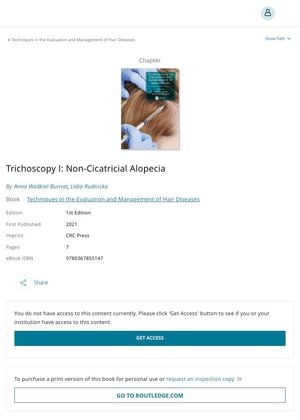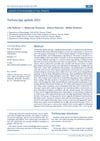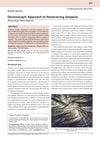Trichoscopy I: Non-Cicatricial Alopecia
March 2021
in “
CRC Press eBooks
”
trichoscopy non-cicatricial alopecia androgenetic alopecia anisotrichosis hair shaft thickness heterogeneity white dots honeycomb pattern perifollicular fibrosis hair follicle openings yellow dots follicular infundibula sebum keratotic material alopecia areata exclamation mark hairs hypopigmented hyperpigmented tapered hairs dermoscope hair loss hair thickness variation scalp fibrosis hair breakage scalp oil skin debris hair thinning scalp examination

TLDR The document concludes that different patterns of hair thickness and scalp changes can help diagnose types of non-scarring hair loss.
The document "Trichoscopy I: Non-Cicatricial Alopecia" discusses the trichoscopic features of androgenetic alopecia, a common type of hair loss. The most common feature is anisotrichosis, or hair shaft thickness heterogeneity. In severe cases, non-specific findings such as white dots and a honeycomb pattern can be detected, which are considered poor prognostic factors. These white dots represent areas of perifollicular fibrosis and hair follicle openings. Yellow dots, which correspond to follicular infundibula filled with sebum and/or keratotic material, are characteristic of alopecia areata and are abundant and regularly distributed. The document also describes exclamation mark hairs, which are fractured hairs with a thin, usually hypopigmented, proximal end and a thicker, often hyperpigmented, distal end. Tapered hairs are elongated exclamation mark hairs with a thinner proximal end and the distal end outside of the field of view of a dermoscope.






